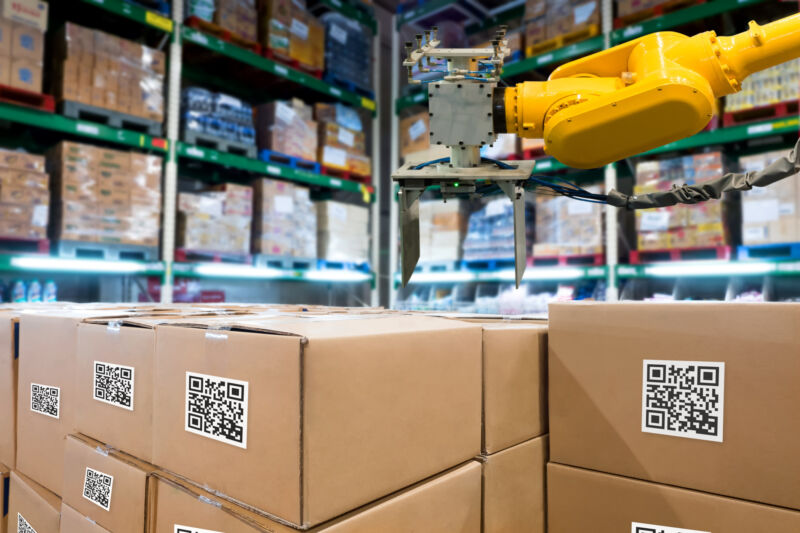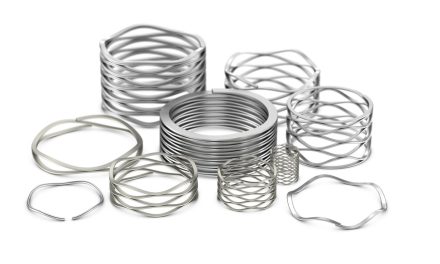Is sustainability the secret if manufacturers are to overcome times of turbulence? Gartner’s findings, that 85 per cent of investors regard environmental sustainability goals (ESG) as being key to their investments, suggest it will be. Here Neil Ballinger, head of EMEA at automation parts supplier EU Automation, explores how manufacturers can use technologies like artificial intelligence (AI) and the Industrial Internet of Things (IIoT) to achieve success through sustainability.
Sustainability remains something of a paradox for manufacturers in 2022. On the one hand, they are expected to deliver products around the world at higher speeds while minimising costs. On the other, sustainability is no longer just a boardroom concern. Manufacturers face growing scrutiny from governments, increasingly aware consumers and investors.
There’s clearly room for improvement and demand for it, but how can manufacturers achieve better sustainability while balancing so many demands? Digitalisation holds the answer.
Circular economy
According to PwC’s Going Circular report, “the circular economy is about rethinking everything, including business models themselves so that we can reduce consumption.” That includes reducing the amount of raw materials from which products are made, reducing waste, and recycling and reusing resources as much as possible.
These goals spell a fundamental change in approach for manufacturers, away from today’s linear take-make-dispose model. Through the linear approach, products are made from raw materials extracted from resource-rich countries, then used to create products, before being transported to manufacturers to be further processed. Instead, a circular approach is needed. This is where digitalisation will prove crucial, in part by making it possible to use real-time data about the location, condition and availability of materials or products. Not only is digitalisation key to the traceability of materials, but also to optimally reusing and recycling these materials.
Supply chain disruptions
Digitalisation helps manufacturers gain real-time insights into the sourcing, movement and delivery of products or materials. Supply chain disruptions could once be blamed on work-from-home rulings and border closures necessitated by the COVID-19 pandemic. But today, extreme weather is emerging as a troubling factor. According to the National Oceanic and Atmospheric Administration (NOAA), 2016 to 2020 saw an average of 16.2 disasters per year that cost $120 billion annually.
McKinsey’s report, Could climate become the weak link in your supply chain?, predicts that “Industry 4.0 technologies could help support companies in achieving resilience as well as efficiency; for example, through improving transparency in supply chains, and in some cases, potentially changing the economics of production.”
One example is Apple, which has pledged to cut emissions from its supply chain to net-zero by 2030 by reviewing its supply chain partners and the emissions they generate. Analysis through AI, data analytics and sensors can support such reviews and help managers to spot patterns, anticipate purchasing demands and better manage their inventories.
Get smart
Finally, smart factories and their capabilities will be crucial to manufacturers’ 2022 sustainability goals, including highly automated equipment that can self-adapt through machine learning for enhanced efficiency and flexibility. For example, intelligence derived from analysis and monitoring can help avoid bottlenecks within production chains, while predictive analysis helps prevent last-minute failures and costly downtime emergencies.
This is where an automation spare parts supplier can lend a crucial hand. By helping manufacturers implement and retrofit Industry 4.0 technologies like smart sensors into existing plant setups, it can encourage them to embrace digitalised sustainability with less cost and fewer resources.
Better sustainability can also be achieved through big data to create digital twins and digital threads to help companies make better use of their resources. With these engineering simulations, manufacturers can continuously feed product performance data back to the design team and improve the quality and performance of new designs.
Smart factories give manufacturers boundless opportunities to adjust business models, improve operations and execute tasks faster and better than ever before. It can also help manufacturers embrace sustainability as the secret to success in times of turbulence.
To know more about the range of new, reconditioned and obsolete parts available from EU Automation, visit www.euautomation.com.




